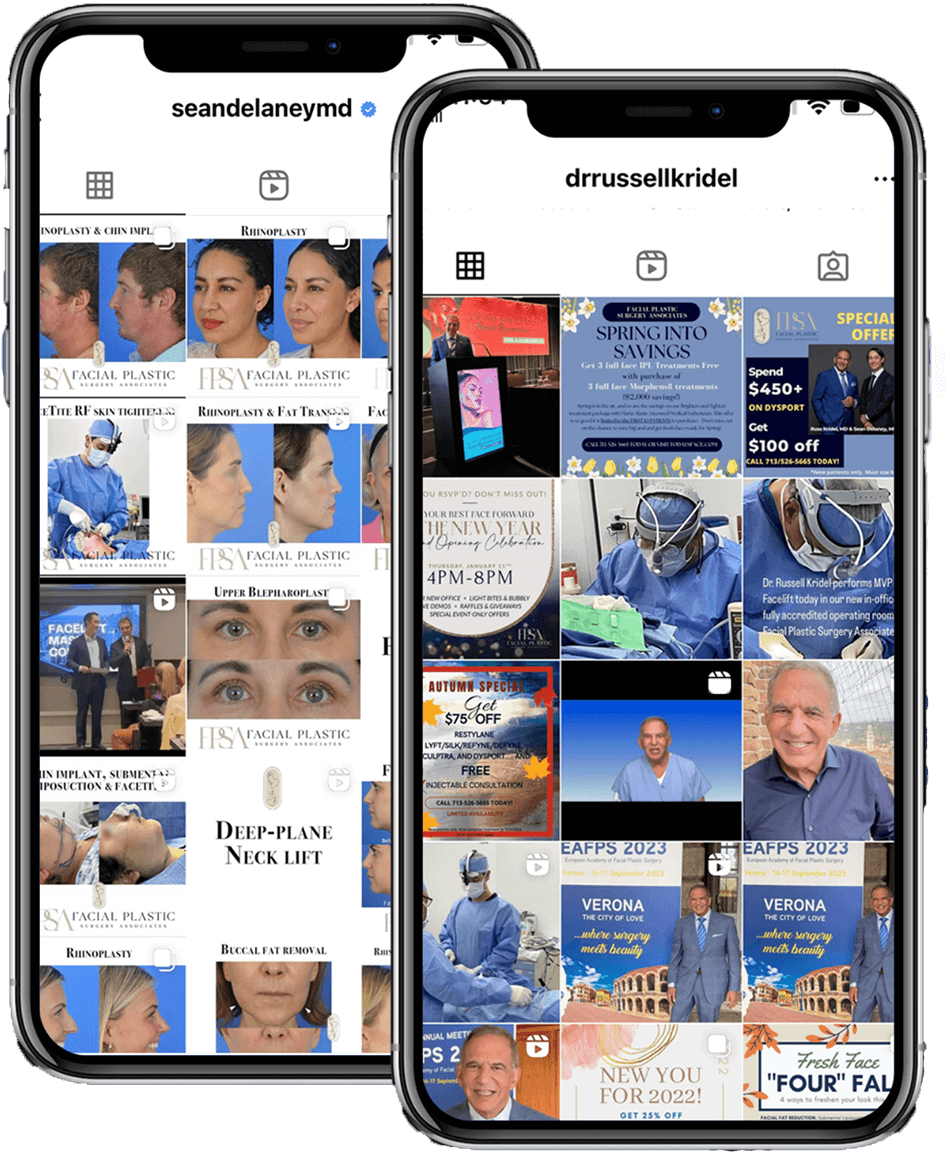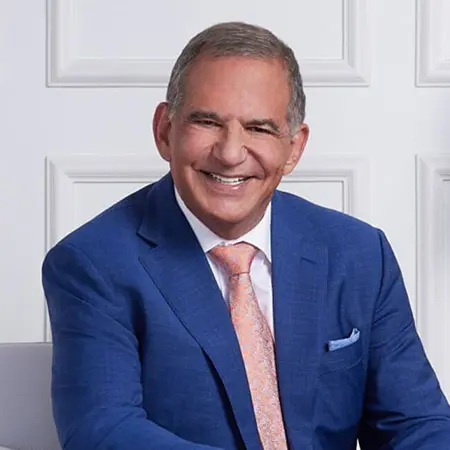October 03, 2022 | BOTOX® Cosmetic, Injectables
3 minute read
With growing transparency about cosmetic procedures, most people are now more aware of the growing popularity of facial injectables in maintaining or improving one’s appearance. In fact, facial injectables have become the most requested minimally invasive cosmetic treatments in the United States. According to the American Society of Plastic Surgeons, 4.4 million patients had Botox, and 3.4 million had fillers in 2020 . Now, if you’re interested in injectables such as Botox and fillers to improve your appearance, but you’re not sure about the difference between the two options and how to choose which one is for you, we will explain below.
What Is Botox?
Botox is the brand name for a type of botulinum neurotoxin manufactured by Allergan Aesthetics. There are currently 5 FDA-approved neurotoxins in the U.S, including Dysport, Xeomin, Jeuveau, and Daxxify.
Botox is a neuromodulator that temporarily weak muscles in our face to reduce the appearance of wrinkles caused by muscular movement. Common treatment areas include the forehead, between the eyebrows, and crow’s feet. Expect results to take effect three days after injection, with full results in 10-14 days. Results typically last 3 to 4 months, when most patients schedule their follow-up appointments.
What Are Fillers?
Fillers are organic substances used to fill deep wrinkles or add definition. The most common type of filler used is Hyaluronic acid, which also occurs naturally in the body. The two most popular manufacturers are Restylane and Juvéderm. Within these two product lines, a selection of filler types with different physical properties is available to permit tailored treatments for the different parts of the face.
Another type of filler is the “bio-stimulatory” filler. Sculptra uses Poly-L-Lactic acid, and Radiesse uses calcium hydroxyapatite to stimulate collagen production that builds volume over time.
We commonly use fillers to treat the temples, tear troughs, cheeks, nasolabial folds, marionette lines, and jawline.
Depending on where the filler was injected and the type used, results can last six months to two years. Most patients usually return 1-2 times a year for further treatment.
What’s The Difference Between Botox and Fillers?
Although Botox and Fillers are both injectables, they help improve our appearance through very different mechanisms. Botox reduces wrinkles caused by muscular movement by temporarily weakening the muscles of the face. Fillers add volume to reduce hollowing and wrinkles or add definition.
However, remember that the options of Botox and Fillers does not have to be mutually exclusive. In fact, many of our patients choose to have both types of injectables at the same time during their visits. Depending on your aesthetic goals, your doctor may recommend a combination of Botox and Fillers to achieve your goal.




